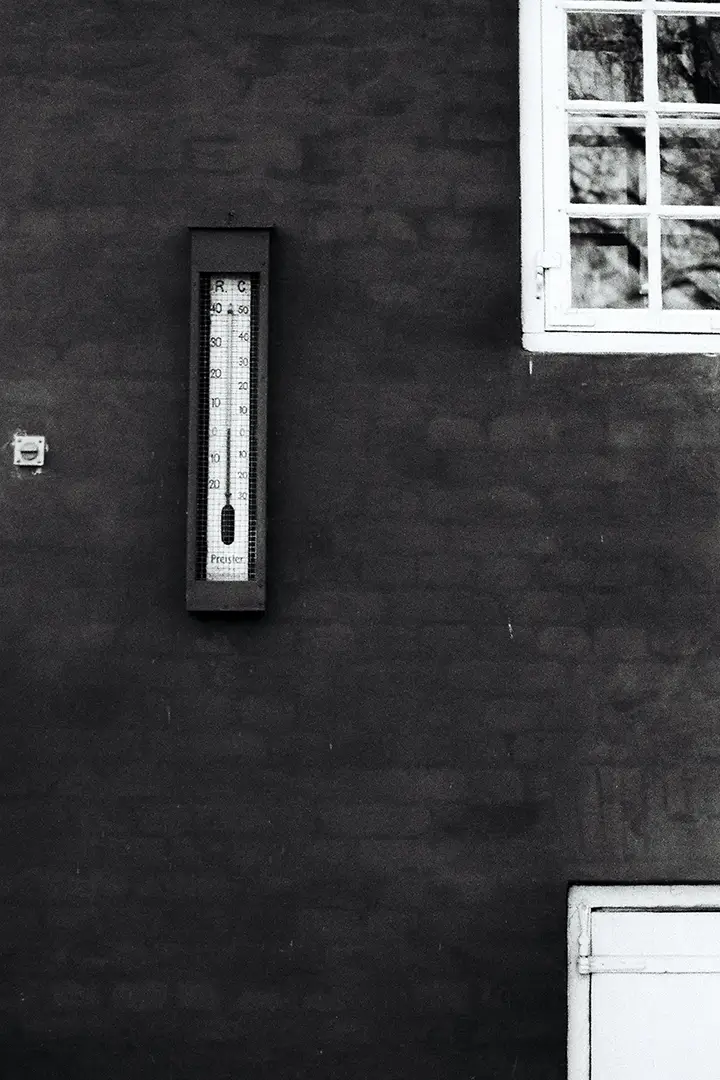Air purifiers are designed to remove pollutants from the air, but their ability to reduce air pollution varies depending on the type of pollutant and the size of the area it’s being used in.
For example, air purifiers can be effective at removing smaller particles such as dust, pollen, and pet dander from a room. This can help improve indoor air quality and reduce allergy symptoms. However, they may not be as effective at removing larger particles such as smoke or soot.
Air purifiers may also be able to lessen some types of chemical pollutants like volatile organic compounds (VOCs), formaldehyde, and ozone but again this will depend on the size of the room. For instance, if you have a small bedroom you may find that an air purifier is able to reduce VOCs significantly within a few hours whereas in a large living room it could take days or even weeks for any noticeable change.
Overall, while air purifiers can help remove some forms of pollution from a room they cannot completely eliminate all sources of pollution. To truly make your home healthier it is important to address any sources of indoor pollution such as tobacco smoke or paint fumes at their source rather than relying solely on an air purifier alone.
